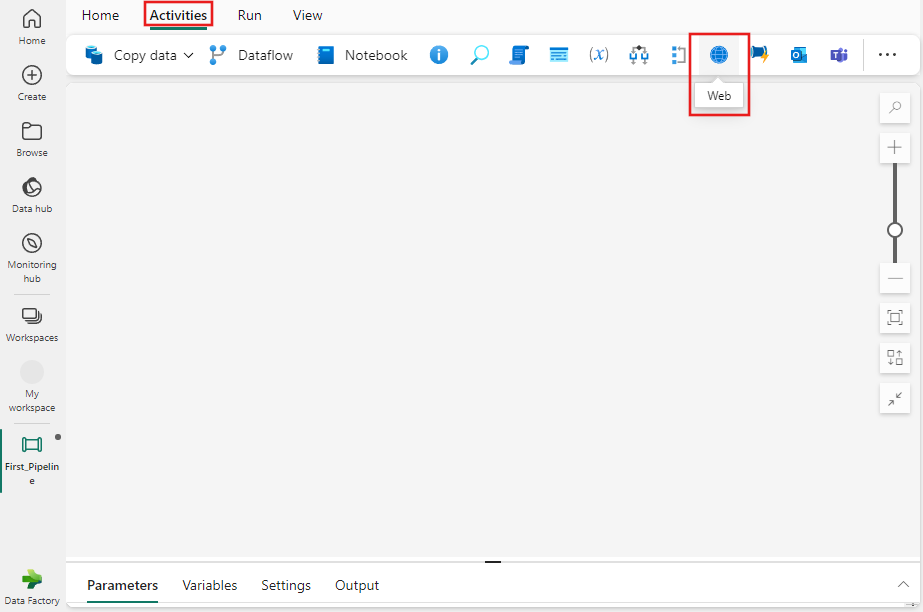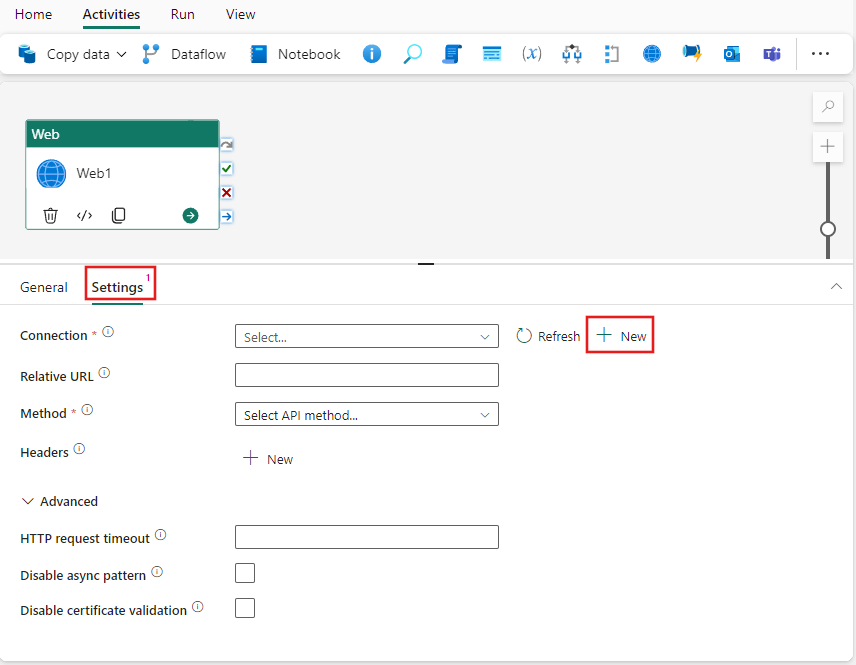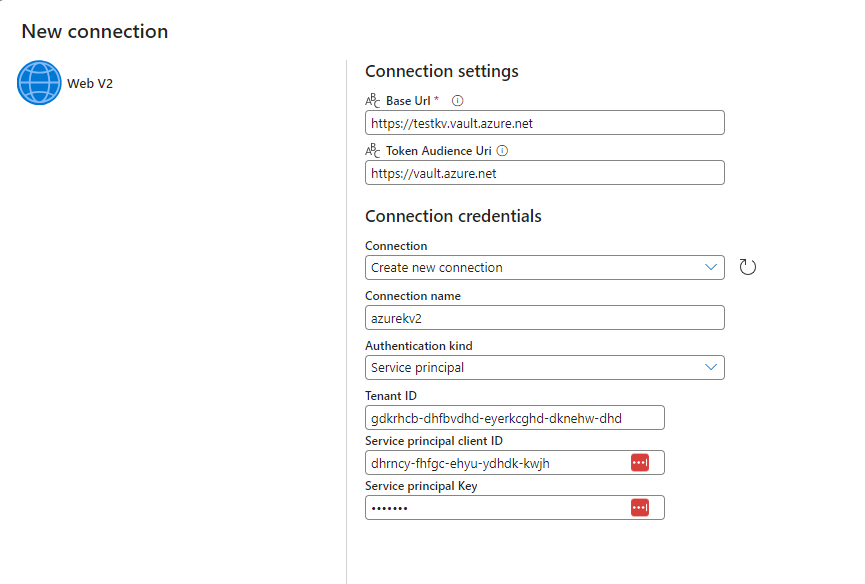In this comprehensive guide, we delve into the integration of Fabric Data Factory with Azure Key Vault, emphasizing the streamlined access to Key Vault secrets using service principal authentication.
This blog post provides a detailed walkthrough on configuring web activity with service principal authentication, ensuring secure access to sensitive information stored in Key Vault.
This step-by-step tutorial includes setting up a fabric data factory connection and configuring Web Activity in Azure Data Factory for secure communication with Azure key vault. By prioritizing Azure Data Factory and Key Vault integration, this post aims to equip readers with the knowledge to fortify their cloud data management and security frameworks effectively.
Prerequisites
To get started, you must complete the following prerequisites:
- A tenant account with an active subscription. Create an account for free.
- A workspace is created.
Add a Web activity to a pipeline with UI
To use a Web activity in a pipeline, complete the following steps:
Create the activity
- Create a new pipeline in your workspace.
- Search for Web in the pipeline Activities pane, and select it to add it to the pipeline canvas.

Web activity settings
- Select the Settings tab, select an existing connection from the Connection dropdown, or use the + New button to create a new connection, and specify its configuration details.

- When you choose + New to create a new connection, you see the connection creation dialog where you can provide the base URL and credentials to connect.

- Save connection and add relative secret path and method in web activity settings

Save and run or schedule the pipeline





